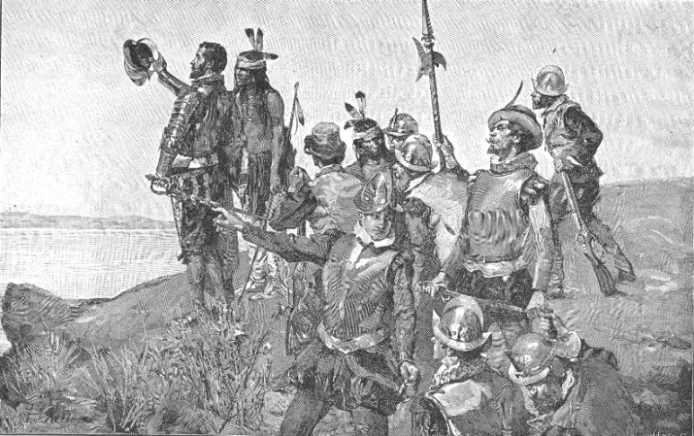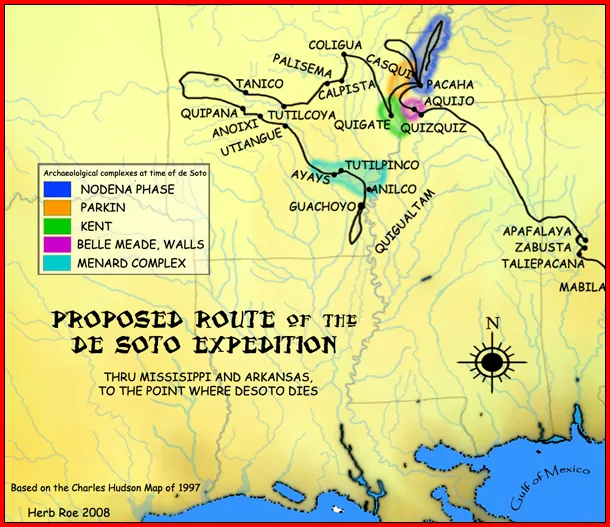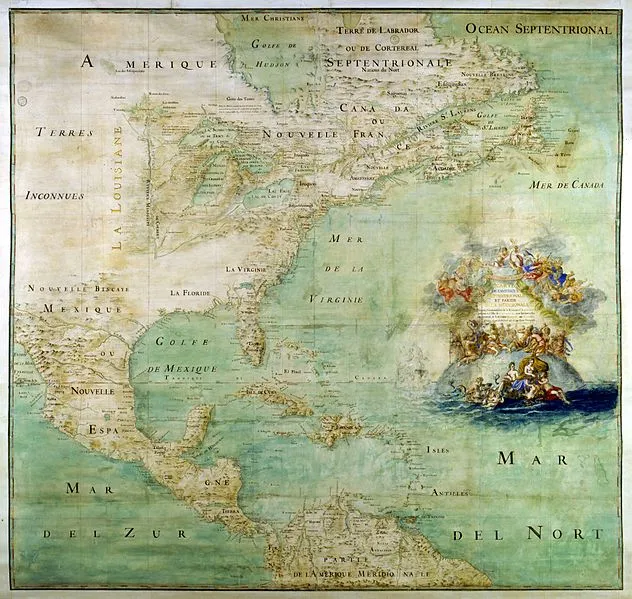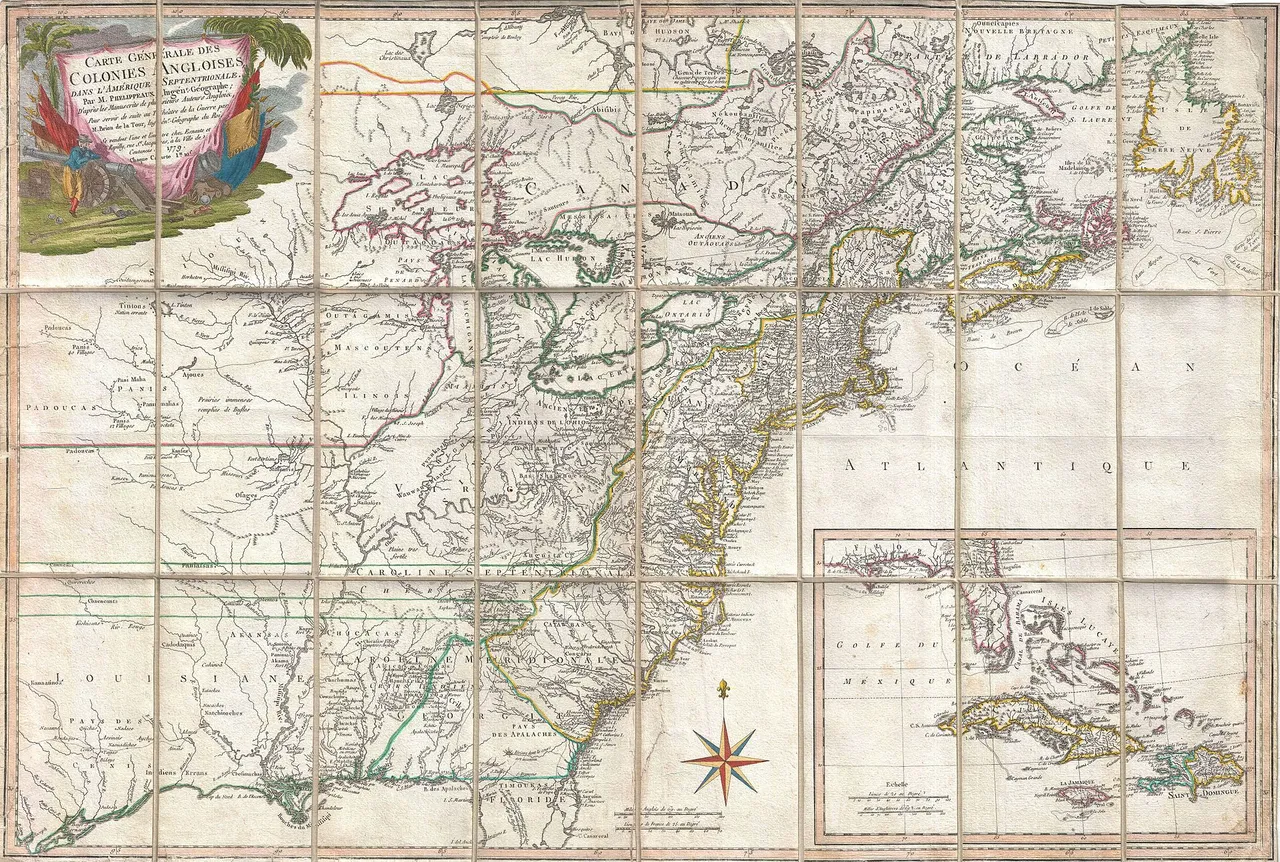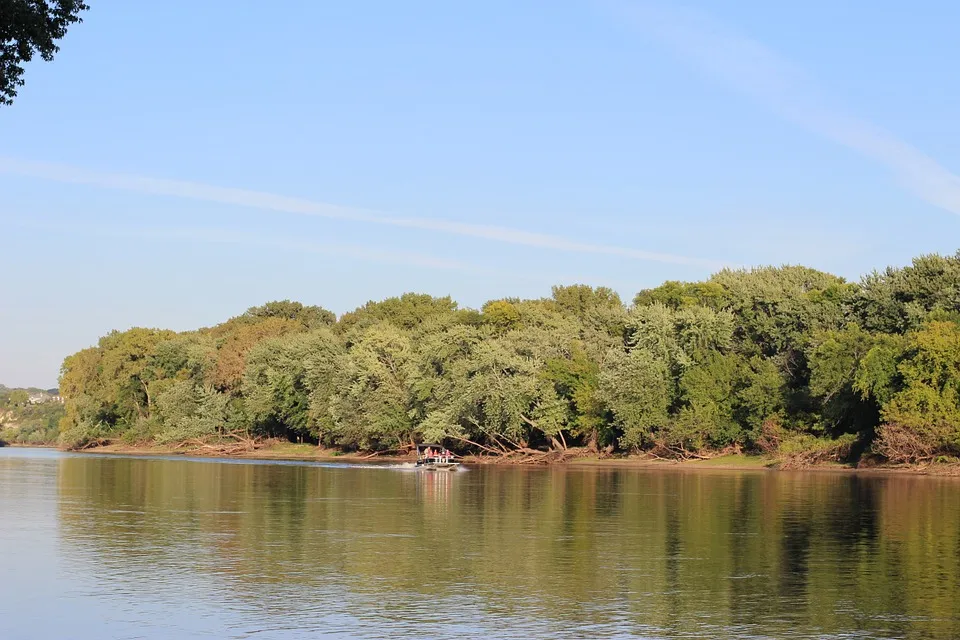Adsactly Education: The Mississippi River European Contact and Beyond
The first part of this series (available here) dealt with the geologic history and flow of the Mississippi River. The second part (available here) chronicled briefly the history of man in the Valley and the entire watershed.
The peoples of North America lived for over 10,000 years prior to contact with Europeans. To say that contact did not end well for the natives would be a gross understatement.
European Contact and Beyond
The Spanish Lead
The first European to document his travels into the Mississippian Culture was Hernando De Soto in 1539. He brought with him 3 things that would prove absolutely pivotal to the culture and the natives of the entire continent. Smallpox, Measles and horses.
Some estimates place the number of deaths to smallpox and measles as high as six million in the greater Mississippi region alone. The people there were well established, densely populated and very social with one another. Those three items contributed to an enormous epidemic and inevitable decline.
The decline had started before first contact. The ‘single leader’ (often hereditary) social culture that had risen to such prominence was breaking down rapidly probably because of a climate caused reduction in crops and thereby in food and money for the residents. The natives were adapting to a much smaller and more democratic social unit. The social stability of the previous thousand years was crumbling.
De Soto was a Spanish Conquistador who mounted a major expedition out of what is now Florida in 1539 searching for gold and the northwest passage to the Pacific Ocean. He made his first mark in the conquest of Nicaragua under Cordoba. He then went to Peru to assist Pizzaro in the conquest of the Aztecs. He was noted for his treachery in negotiating with the natives and his willingness to slaughter them as seen fit.
There is no particular reason to believe that De Soto changed his ways when he set out from Florida, but his writings do include some peaceful contacts. The entire expedition started with more than 600 men and 220 horses. When he demanded porters from the Chickasaw tribe in 1541 they attacked his camp, killed 40 men and destroyed most of his equipment. Strangely, they allowed him to leave and he encountered the Mississippi River later that same year.
De Soto died of fever on the banks of the Mississippi in 1542. His force was battered and it would take them another full year for less than half their starting numbers to reach Mexico City with no horses.
His mission was thought a failure by the Spanish authority but he left a lasting legacy in North America.
The French Leave Their Mark
After De Soto it was a fairly long period until the next European contact, most likely French fur traders who cooperated with the tribes and traded items for their furs. It would be over 100 years between De Soto and the next written account by Frenchmen LaSalle and Joliette who went down the river into what is now Arkansas. By 1699 the French had traveled all the way to the mouth of the river and claimed the whole thing for France.
In 1705 the first known boatload of cargo came down the Mississippi. 15,000 Bear and Deer hides that were floated to somewhere near present day Baton Rouge to be loaded on a ship and sent to France.
The French founded the first permanent European settlement on the Mississippi, a fort at present day Natchez and founded New Orleans in 1718.
The British Arrive and Depart
Following their victory in the seven years war England and the US gained full right to navigate the Mississippi from source to mouth. The river also became the border between English Territory and Spanish with the French squeezed out. France secretly acquired the area in a treaty with Spain. Meanwhile the Americans beat the British in the Revolutionary War to take over all of the former British territory. The border of the new nation became the Mississippi River and English speakers started settling and exploiting the river.
In 1803 Napoleon, Emperor of France needed cash money to pursue his war in Europe so he sold the entire parcel to the US giving the US claim to the whole river and most of it’s tributaries. The English defeat in the Battle of New Orleans during the War of 1812 gave the Americans full and uncontested control of the Mississippi.
The American Way
In 1803 the United States had been an independent country for 23 years. When President Jefferson bought the ‘Louisiana Purchase’ it very nearly doubled the size of the US over night. The young country wasted no time proving up on their claim with the Lewis and Clark Expedition starting up the Mississippi within months of the purchase. They were chartered to explore and document the territory once and for all, and to find the elusive Northwest Passage to the Pacific Ocean. Lewis and Clark didn’t have much to do with the Mississippi but the Purchase certainly did. America’s border now extended to the Pacific Ocean and to Canada. The entire Mississippi River was now under the control of the US.
The American settlement of the Mississippi River Valley really happened quite quickly. By the time the Americans took control there was already commerce up and down the river. Most came down the river on rafts and crude boats that were only made to go downstream for one trip. About this time Keelboats started to appear. These were sturdy well built boats that were made to go both ways. Downstream was easy, upstream was a brutal struggle and took a dedicated and able crew to pole and pull the boats against the flow.
Farmers swarmed across the river in search of good land to grow their crops and the valley certainly had that. Really rich farm ground was discovered to extend for miles on the west side of the river and the farmers swarmed in. Which aggravated the natives. Most places were taken by force and the Native Americans left no choice but to fight. It would be a long, slow, losing battle for them.
In the next installment of this series we will detail the Westward Expansion of the US and the part the Mississippi River played in it.
Unsourced Photos are used courtesy of the author.
While the words and ideas in this post are strictly those of the author these sources were referred to by me to insure numerical and historical accuracy.
Wikepedia: Mississippi River
Legends of America: Mississippi River
Wikipedia: Hernando De Soto
Authored by: @bigtom13
Adsactly is a society for freethinking people. Interested? Click Here to join our Discord channel.

In the bottom of the page type in: adsactly-witness and select vote.

All small letters and without the @ sign
Or give us a direct vote here
Thank you!
